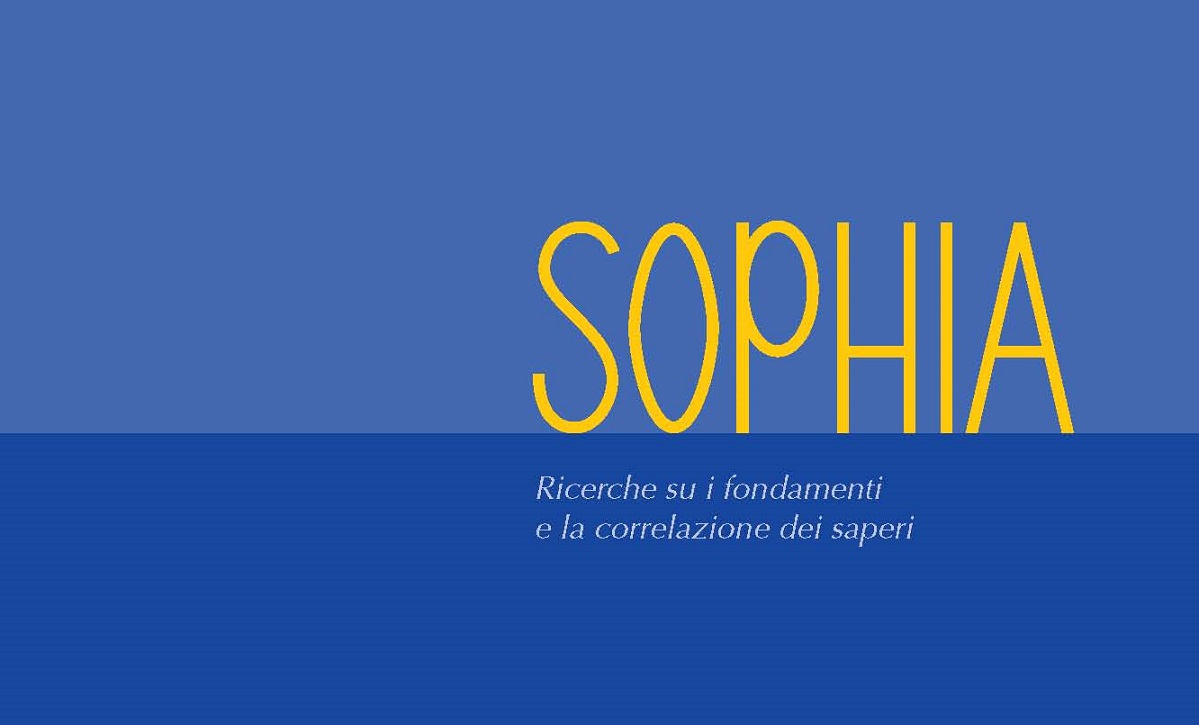Per visualizzare l’articolo scaricare pdf del fascicolo 2019/1
di Vito Limone
- Fonte: Sophia


Per visualizzare l’articolo scaricare pdf del fascicolo 2019/1
Riproduzione riservata ©